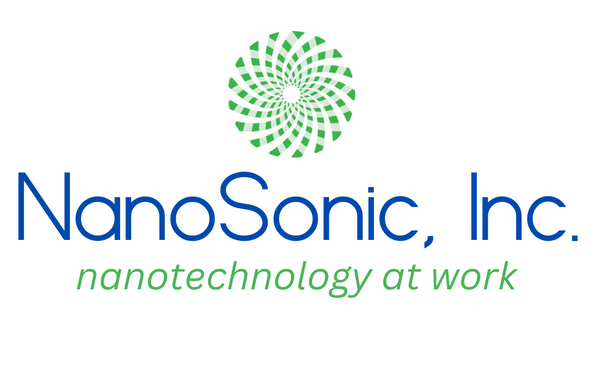+ MODULE 1: CRASH PREVENTION - LESSON 2 - STOPPING DISTANCE AND CRASH AVOIDANCE: Hands on student experiment to measure stopping distance using model vehicles on a ramp that simulates different roadway conditions.
Stopping Distance and Crash Avoidance Lesson Plan
Stopping Distance and Crash Avoidance Laboratory Worksheet
+ MODULE 1: CRASH PREVENTION - LESSON 3 - ROAD WEATHER INFORMATION SYSTEMS: Hands-on student experiment using temperature, light and weight sensors instrumented using an Arduino microprocessor board; basic coding; assembly of electronic systems
Road Weather Information Systems Lesson Plan
Road Weather Information Systems FARS Demonstration
Road Weather Information Systems FARS Activity Worksheet
Road Weather Information Systems Arduino Activity Teacher Resource
Road Weather Information Systems Arduino Laboratory Worksheet
+ MODULE 1: CRASH PREVENTION - LESSON 4 - TRAFFIC CONGESTION: Hallway experiment to demonstrate traffic congestion; online computer traffic games; YouTube videos.
Traffic Congestion Lesson Plan
+ MODULE 2 : CONNECTED VEHICLES : Introduces students to the basic ideas of how vehicles can be interconnected to each other and transportation infrastructure. Hands-on programming with Sphero suggested to demonstrate connected vehicle (CV) ideas.
Connected Vehicle Sphero Programming Activity
+ MODULE 3: SCHOOL ZONE SAFETY AUDIT : Learn Intelligent Transportation System (ITS) solutions through performing a safety audit of the school and surrounding areas
School Zone Safety Audit Lesson Plan
+ MODULE 4: TRAFFIC SIGNAL DESIGN: Hands-on learning about Intelligent Transportation System (ITS) through studying intersections and designing a traffic signal using Arduino.
Traffic Signal Design Lesson Plan
Traffic Signal Design Laboratory Exercise
Traffic Signal Design Arduino Laboratory Exercise
Traffic Signal Design Arduino Code
Traffic Signal Design Lesson Plan Excel Graphs
+ MODULE 5: SUSTAINABLE AND INTELLIGENT TRANSPORTATION: Students investigate ITS-based solutions for reducing fuel consumption and calculate their carbon footprint.
Sustainable and Intelligent Transportation Lesson Plan
Sustainable and Intelligent Transportation Web Quest
Sustainable and Intelligent Transportation Web Quest Worksheet
Sustainable and Intelligent Transportation Trip Scenarios
Sustainable and Intelligent Transportation Reference Tables
+ MODULE 6: CONGESTION PRICING: Hands-on programming activity to understand the benefits of congestion-based toll pricing.
Congestion Pricing Lesson Plan
Congestion Pricing Flowcharting Worksheet
+ MODULE 7 - ROAD TRIP GAME: Available for download from your App Store
+ MODULE 8 - RADAR AND LIDAR SYSTEMS IN INTELLIGENT TRANSPORTATION SYSTEMS: Hands-on learning using modular robotics kit to simulate how autonomous technology systems work by designing and constructing a connected vehicle that interacts with the surrounding environment.
RADAR and LIDAR Systems in ITS Lesson Plan
RADAR and LIDAR Systems in ITS Activity Worksheet (Teachers)
RADAR and LIDAR Systems in ITS Activity Worksheet (Students)
+ MODULE 9: DYNAMIC MESSAGE SIGNS: Hands-on learning using the Makey Makey a circuit board to design and program sensors to simulate a Dynamic Message System. Activities in this Module can be combined with the autonomous vehicle in Module 8 to create an Intelligent Transportation System Highway.
Dynamic Message Signs Lesson Plan
Dynamic Message Signs Activity Worksheets
+ MODULE 10: INTELLIGENT TRANSPORTATION SYSTEMS - SMART WORK ZONES:
In the Module 10 lessons, students will explore connected vehicle applications that currently exist for work zone areas and consider what future technologies could be developed to increase the safety of both oncoming drivers and highway personnel within the work zone area. Students will specifically examine how sensor technology could be implement within the work zone area and as part of the connected vehicle technology to improve safety.
Note: The lesson plans are intended to be used in sequential order and are not stand alone activities.
Lesson 2: Introduction to Lily Pad Arduino
Lesson 3: Developing Smart Suit Sensor Technology
Lesson 4: Putting It All Together

